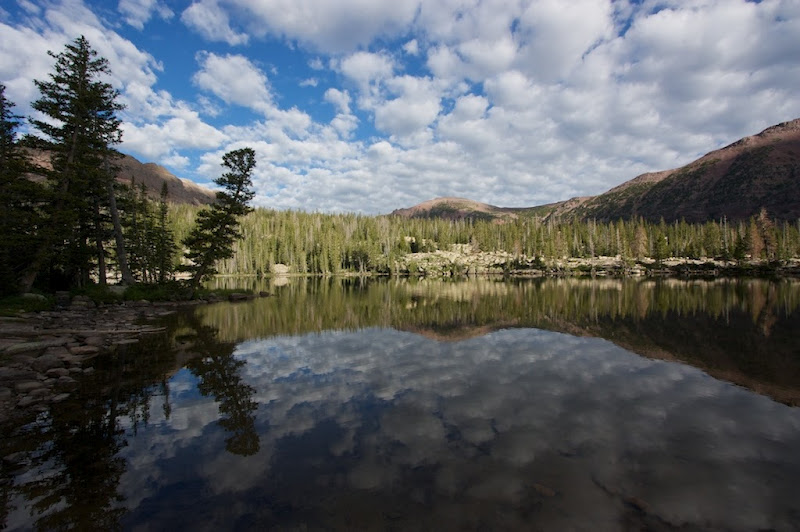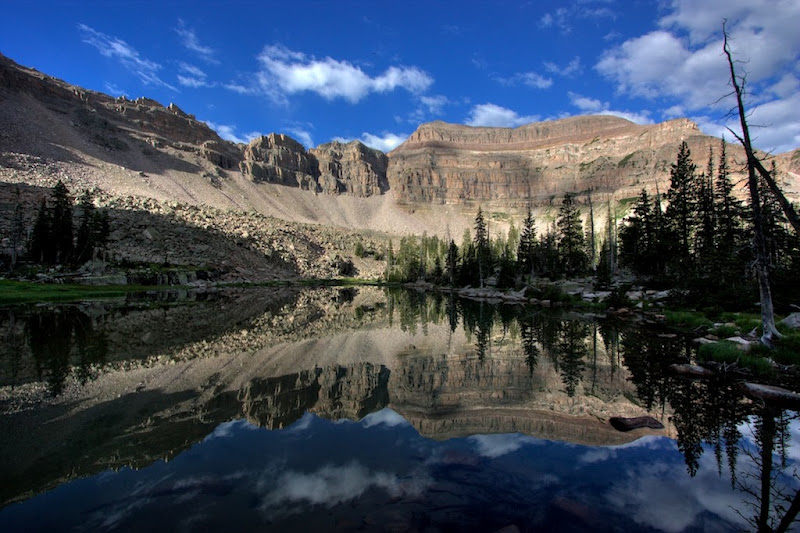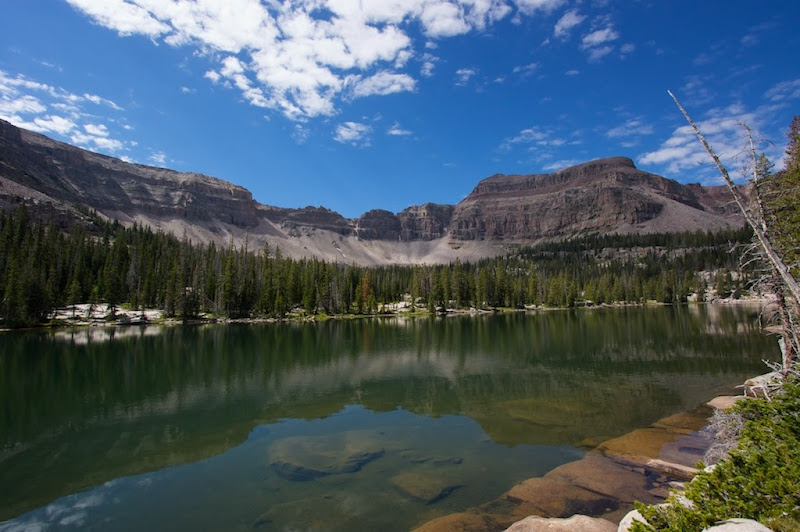And finally—a big international trip where I can take advantage of the flipped seasons of the southern hemisphere to do some mountain hiking in the season that is blacked out by inclement weather in the north. New Zealand is often considered the gold standard here, since it's relatively easy to reach, has beautiful scenery, is a hospitable, English-speaking country, and is quite developed. I also tend to really gravitate towards the Patagonian Andes, however—in part because I lived for a little while in Argentina (on the eastern side of the continent, however) and can still put together some conversational Spanish if needed, but also in part because it's less of a gold standard; it's much more wild, much more remote, much more adventurous. Not to say that it doesn't have its "hiking Meccas" so to speak, but it's still as of yet a relatively untrammeled set of routes.
Here's what I think are the top half dozen or so destinations that I'd love to do:
Nahuel Huapi Traverse: A 5 or so day trip in and around the Bariloche region of Argentina, in the Nahuel Huapi National Park. It's only about 25 miles, but it's pretty rough country, passing by the famous Laguna Frey, which has become a technical climbers paradise, and then going further and deeper into the backcountry. Like many traditional hikes in Patagonia, it's been somewhat built up with refugios and whatnot. I don't know if you are required by park regulation to stay in the refugios, or if everybody simply does, but at the very least, it does offer decent shelter from the notoriously fickle Patagonia weather.
Cerro Castillo Circuit: I absolutely love the look of Cerro Castillo. There's a semi-standard route that goes through the National Reserve and is about 38 or so miles, but which is much less developed than the option noted above (or two of the options noted below, for that matter.) One neat advantage (of most of the hiking options in Patagonia, actually) is that the absolute elevation isn't as high as you'd think, so things like altitude sickness aren't really a big deal. You wouldn't think that to look at the mountains, which are extremely impressive, rugged, and even fairly seriously glaciated.
 |
| Cerro Castillo in the autumn |
Future Patagonia National Park: This is actually a really cool traverse of three contiguous areas; the Jeinimeni National Reserve, and then with a stop on the stunningly beautiful Valle Chacabuco, and then crossing the Tamango National Reserve to end in the small town of Cochrane. This is really close to San Lorenzo; maybe the two of them should be done together? This is a big hike, though—over 100 miles. Absolutely wonderful.
Ignore the granola whining, and just drink in the scenery. Ignore the running too—I'm a hiker and backpacker, and I don't get the ultra-running hobby really. I want to enjoy and savor the experience and the scenery, not race through it.
Los Glaciares National Park: As it happens, this is less of a backpacking trip, and more of a base from which to do lots of day hikes and exploration. There are, of course, some backpacking opportunities, but most of the best things to see in Los Glaciares can be seen without pitching a tent for more than a few nights, unless you go off-trail and do some real bushwhacking (I've seen some great options explored here and there in this space.) Cerro Torre and Monte Fitz Roy are, of course, not to be missed. The Cerro Heumul circuit is turning gradually into the multi-night backpacking jaunt of the park.
Torres del Paine National Park: This is a very structured route, the W (plus the back end) is a classic route, where you go from refugio to refugio, and are generally discouraged from deviating from your path to a great degree. There probably are great opportunities for deviating from the route, but it's very difficult to get much beta on what to do in the area other than the W—I've seen at least one guy (and his wife) post a picture gallery of following an old nearly abandoned gaucho horse-route from PN Bernardo O'Higgins to the gates of the Torres del Paine, and then see the park inside while they were at it. But that's outside the park proper.
If you aren't already familiar with the area, I suggest a simple google search. Chances are you've seen pictures of the Paine massif; it's more famous than you'd think.
Navarino Circuit: This final Patagonian "must hike" has to be the circuit of the Teeth of Navarino, a very rugged 30 mile (or so; depending on exactly how it's measured) circuit of Navarino Island, a sub-antarctic island in the Tierra del Fuego region at the most remote southern stub-end of South America. In spite of the fact that it's getting more press, this is still a very remote and untraveled route, and recent stats suggest that fewer than 100 hikers do this route every year, and that when you do it, the chances of seeing nobody else the entire time are... pretty good. While Torres del Paine and the W have become darlings of the international backpacking set, this is just barely starting to get on its radar.
Others: There's certainly more to do in the Andes. I've been focused on the Patagonia section of the range, but if you head up north, to Ecuador, Peru, northern Chile, etc., there's all kinds of things to see. Volcanoes to circuit or summit. Aconcagua. The matoral and the Valdivian temperate rain forests and the monkey puzzle trees. The bizarre cold flora of the páramo ecosystems.
I like both the remoteness of most of these destinations (Torres del Paine and probably Los Glaciares excepted; maybe the Bariloche area too) their exoticness, their light crowds, and, of course, the fact that they offer mountain hiking in the "off season" relative to North America or Europe. Plus, I'm kind of jingoistic about the Western Hemisphere. Who needs the Alps when you've got the Rockies and the Cascades and the Sierra Nevadas? Who needs New Zealand when you've got Patagonia? Sure, I'd love to see those places too... but I've got plenty to keep me busy closer to home in the meantime.















